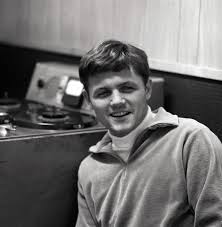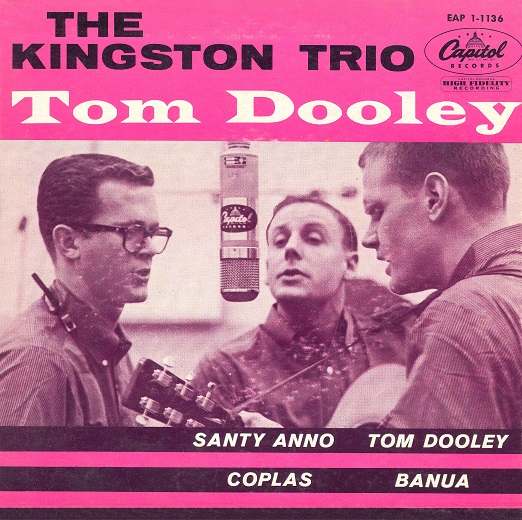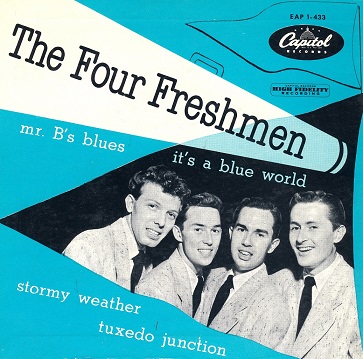Bowie Veterinarian Is Fond of Pet Sounds
Article By John McNamara July 21, 2015 In Jim Murphy’s work as a Capitol Hill veterinarian, pet sounds are an occupational hazard. At home, they’re a welcome retreat. “Pet Sounds” by the Beach Boys is one of the Bowie resident’s favorite albums. Since the age of 10, Murphy has been a Beach Boys fan. He remembers the fall day in 1966 when his big brother burst into the family’s Bronx apartment, announced that he’d just heard a song called “Good Vibrations.” They had to go out and buy the 45-rpm record right away. They practically wore it out, playing it over and over and over again on the family’s Zenith turntable. Murphy guesses he’s seen the group perform about two dozen times and he has tried to read everything he can about the group. Yet, he never located a definitive account of the band’s formative years. So he wrote one himself. “Becoming the Beach Boys, 1961-1963” was released by McFarland Press earlier this year. Murphy initially thought of the project as a simple essay, perhaps …








